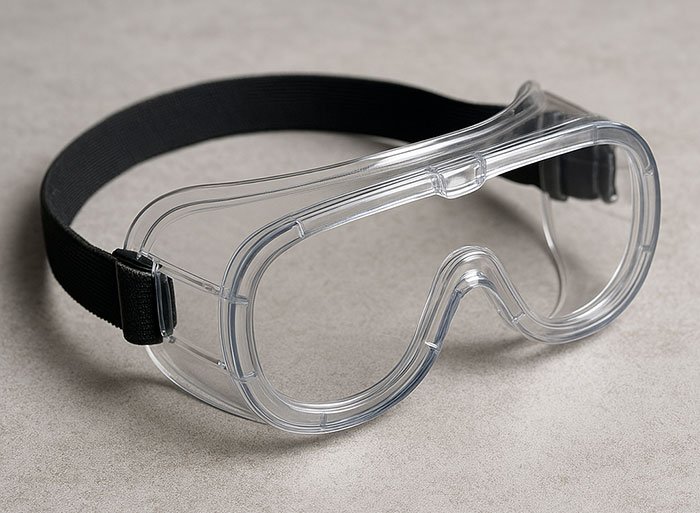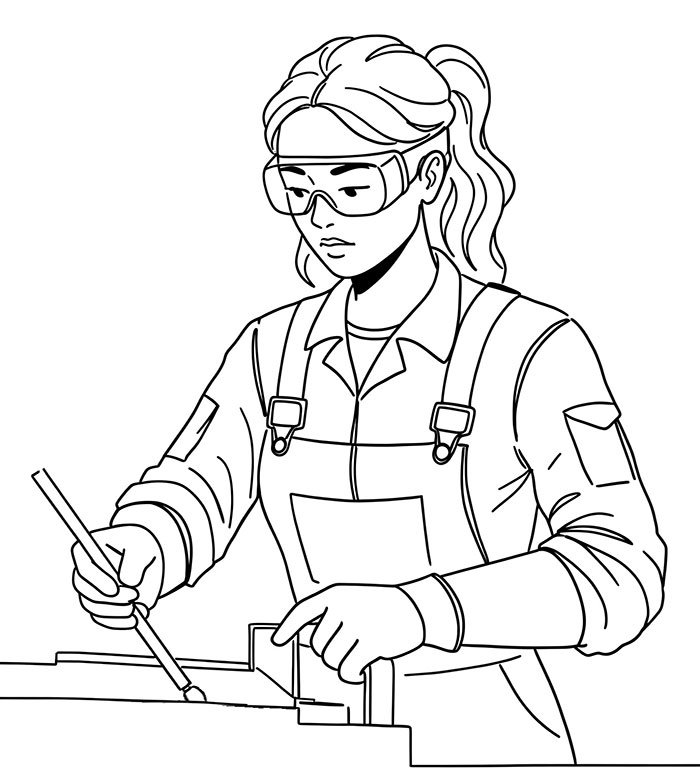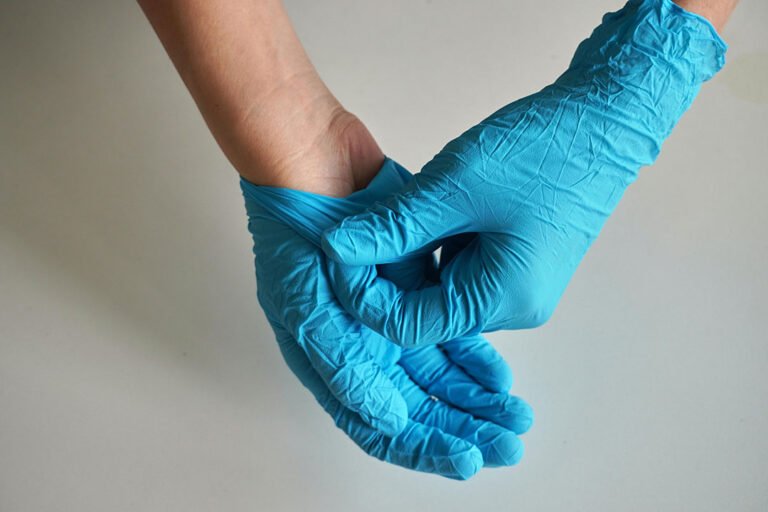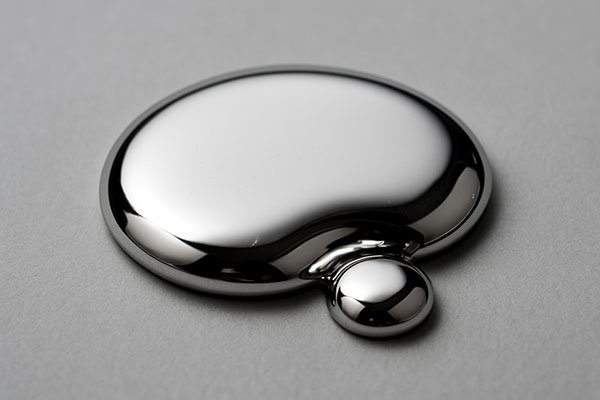Protecting Our Most Valuable Tool: Eye Safety in Art Conservation
By Kathryn Etre
Conservators rely on their eyesight in every aspect of their careers. Eyes are a conservator’s primary tool for assessing, examining, and documenting the condition of artworks, color matching, inpainting, creating good fills and repairs – to name just a few. Due to their vitality in the conservation field, eyes need to be protected. There are 2.4 million eye injuries annually in America, which is nearly 2000 a day. With the use of eye protection, at least 90% of these injuries could be prevented, keeping the conservator in the field longer and healthier.
Chemical burns, irritation, corneal scratches, and foreign objects in the eye are the most common injuries that can occur during conservation practice. However, cancer, cataracts, and retina damage from toxic chemicals, repetitive contact with chemicals and irritations, and UV lights can happen when a conservator’s eyes are left unprotected.

The proper eye protection should be chosen for a specific hazard, be comfortable and fit properly, not restrict vision and movement, be durable and easy to clean, and allow for unrestricted functioning of any other required PPE, such as facemasks and respirators.
There are two main types of eye protection suitable for most conservation work: protective glasses and googles.
Safety glasses are the most common form of protective eyewear. These safety glasses look like normal glasses, except they have an industrial design and are produced from stronger materials. Safety glasses should have side shields to protect the eyes from material entering from behind the lenses. As safety glasses are best for larger particles, safety glasses should be impact resistant. However, safety glasses will not prevent fine dust from filtering behind the glasses. Such dust can be highly irritating to eyes. Nor can safety glasses fully protect the eyes from splashes or vapors.

If a large particle is stuck in the eye:
Do not rub or apply pressure to the eye
Do not attempt to remove the particle
Apply a patch or large gauze bandage over the eye
Immediately go to an Emergency Room
If there is a chemical or irritant in the eye:
Wash eye under faucet or eyewash station with cool water for at least 10 minutes
Even if the eye feels fine after the wash, go to an Emergency Room to get the eye evaluated
For protection from fine dust and chemicals – both splashes and vapors, safety goggles should be chosen. Protective goggles form a protective seal around both eyes. The goggles should be tight fitting, and completely cover the eyes and eye sockets. Ideally, these goggles should be chemically resistant and be indirectly vented. These indirect vents are best to prevent contact from vapors and dust. These indirect vents, however, can cause the goggles to fog. Goggles with an anti-fog coating can be purchased.
Although wearing protective eyewear will prevent most eye injuries, accidents of course occur. The conservator needs to be aware of next steps in case of such accidents.
Light exposure can cause eye damage as well. Many conservators use UV light for imagery and/or to evaluate the conservation process. UV light, however, can cause damage to retinas, cataracts, or cancer. Most polycarbonate lens, such in prescription glasses, will reduce the UV light to acceptable levels. However, ideally, eyewear protection for UV light should wrap around to prevent leakage from side. Uline and many laboratory supply companies have both impact resistant safety glasses and chemical resistant googles – both with UV protection.
The detailed work of conservation as well as the increasing amount of work completed on a computer can cause strain. In fact, Computer Vision Syndrome, also referred to as Digital Eye Strain, describes a group of eye and vision-related problems that result from prolonged computer, tablet, e-reader and cell phone use. To prevent such strain – both from detail work and computer work -, conservators should follow the 20/20/20 rule. Take a 20-second break every 20 minutes and look at something 20 feet away. Glasses with blue light filters can assist with the digital eyestrain.
Many people are guilty of forgetting PPE in the moment or throwing off said PPE – like gloves and goggles – when that person gets hot or frustrated. However, with the large demands a conservator place on their eyes, it is important to keep eyes healthy. Choosing – and wearing – the appropriate protective eyewear will assist in keeping eyes healthy for the career of a conservator.
American Optometric Association. Protecting your eyes at work. https://www.aoa.org/healthy-eyes/caring-for-your-eyes/protecting-your-vision
Center for Construction Research and Training, 2015. Eye Protection: A Basic Understanding of the OSHA Standard. https://www.elcosh.org/document/4152/d001457/EYE+PROTECTION:+A+BASIC+UNDERSTANDING+OF+THE+OSHA+STANDARD.html
Harris J, Smith A, Roth G, Topmiller J and Matetic RJ, 2022. The Manufacture and Selection of Eye Protection at Work June 8, 2022. CDC. https://blogs.cdc.gov/niosh-science-blog/2022/06/08/mm-eyewear/


